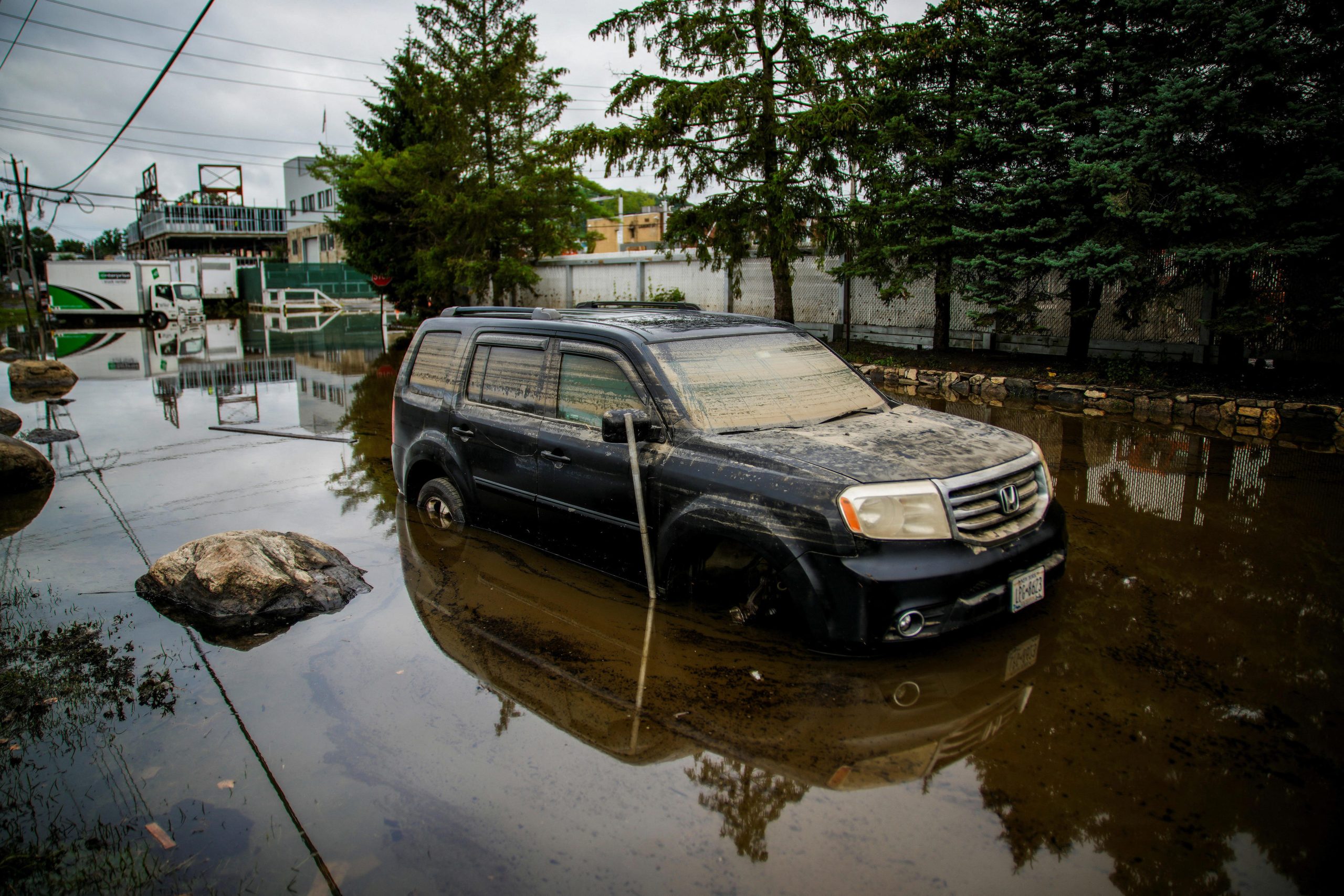Understanding the Risks of Flood-Damaged Vehicles
Last week, heavy rains caused widespread flooding across New Jersey, submerging streets, cars, and homes. The dramatic images of vehicles trapped in floodwaters quickly spread on social media, highlighting the severity of the situation. While the water has receded, it has left behind a new challenge for potential car buyers: identifying vehicles that may have been damaged by the floods.
Flood-damaged vehicles can pose serious risks to consumers, as they often suffer from hidden electrical issues that can be expensive to repair. According to a tip sheet from the New Jersey Division of Consumer Affairs, these vehicles sometimes end up being sold to unsuspecting buyers without proper disclosure of their condition.
Key Signs to Look For
When shopping for a used car, it’s crucial to check for signs of water damage. Here are some indicators to watch for:
- Unusual Odors: A musty or moldy smell inside the car could indicate water damage.
- Electronic Components: Test all the electronic features, such as lights, air conditioning, and power windows, to ensure they are functioning properly.
- Watermarks and Debris: Look for watermarks, dirt, and sand in various parts of the car, including under seats, the dashboard, engine bay, and trunk.
- Condensation in Lights: Check for condensation in the taillights and headlights, which can be a sign of moisture exposure.
- Rust and Corrosion: Inspect screws, springs, and the spare tire rim for signs of rusting.
Consumers can also use the vehicle identification number (VIN) to access detailed information about a car’s history through an approved provider of the National Motor Vehicle Title Information Systems (NMVTIS). This can reveal whether the vehicle has a flood history or other issues.
Additional Steps to Take
Getting a mechanic to inspect the vehicle before purchasing is highly recommended. A professional inspection can uncover problems that might not be visible to the average buyer. According to the New Jersey Division of Consumer Affairs, a vehicle history report may show if the car has a “flood” brand on its title, along with details about previous accidents or odometer tampering.
Be Aware of Title Washing
One concerning practice that can hide flood damage is called “title washing.” This occurs when a vehicle is moved from one state to another, allowing the damage history to be erased from its record. As reported by automotive website Kelley Blue Book, this can make it harder for buyers to detect a vehicle’s true condition.
To protect themselves, consumers should take a proactive approach. In addition to checking the vehicle history, it’s wise to have a trusted and certified mechanic perform a thorough inspection. This dual approach can help identify any hidden issues that might not be apparent from the paperwork alone.
Conclusion
As flood events become more frequent, it’s essential for car buyers to stay informed and vigilant. By recognizing the signs of water damage and using available resources, consumers can make safer and more informed decisions when purchasing a vehicle. Taking these precautions can help avoid costly repairs and ensure long-term reliability.







